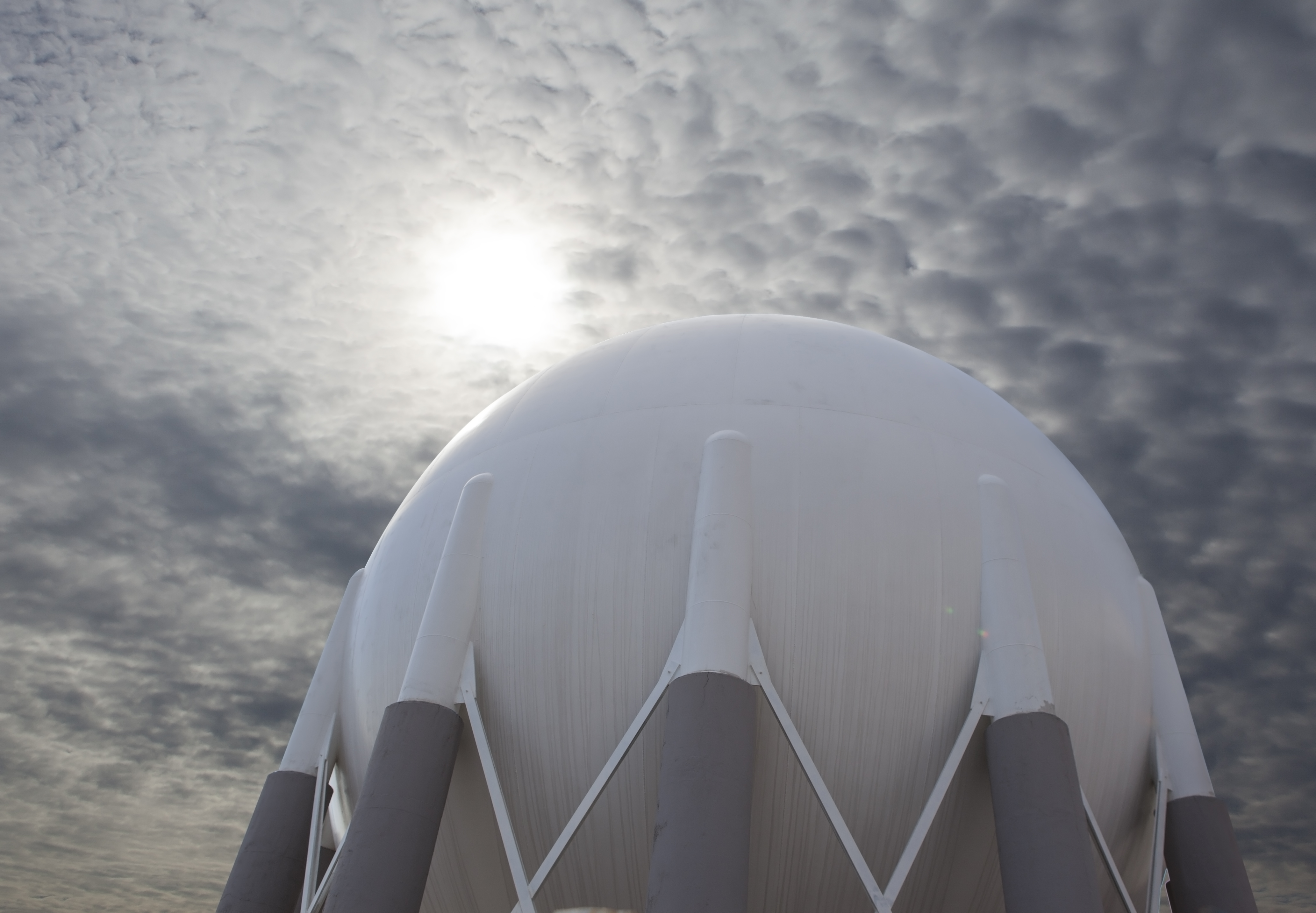South Korea Putting Faith in LNG After Nuclear Crisis

South Korea’s plan to almost halve its planned use of atomic power will encourage the world’s second-largest buyer of liquefied natural gas to sign new supply deals, according to Woodside Petroleum Ltd.
The likely increased demand from Korea, which taxes coal to discourage use of the dirtier-burning fuel, will give buyers such as Korea Gas Corp confidence to commit to the fuel to comply with government policies, said Peter Coleman, the chief executive officer of Woodside, Australia’s second-largest oil and gas producer. The Perth-based company plans to decide in mid-2015 whether to move forward with its Browse project that would liquefy gas on a ship offshore Australia.
“There’s such a long lead time on this stuff that the earlier you can get clear policy direction, the earlier that the buyers – whether it be Kogas or others – are able to act,” Coleman said in an interview at an industry conference in Daegu, South Korea. “If buyers are not willing to make those commitments, then projects won’t get built. People don’t build LNG projects on spec.”
South Korea, which relies on imports for all its energy needs, has proposed scaling back its dependence on nuclear power to 22% to 29% of its energy mix by 2035 from its previous target of 41%. The move follows increased public concern about atomic safety after the Fukushima nuclear disaster in neighbouring Japan and a corruption scandal in the industry at home.
An investigation into the use of components with false quality control certificates found 277 fake certificates for parts used in 20 operating reactors and another 2,010 documents at eight plants that are offline or under construction, according to the government.
The pullback from nuclear will be finalised this year pending public feedback and Cabinet approval. Nuclear energy accounted for 26% of power generation capacity as of the end of 2012, according to the energy ministry.
“The new long-term energy policy is heavily focused on expanding the use of LNG,” Jang Gil Soo, a special adviser for Korea Electric Power Corp, the country’s monopoly electricity distributor, said at the conference. “I expect the demand for LNG to grow more as it doesn’t have any restrictions, like coal, which creates environmental problems.”
In Taiwan, lawmakers have been debating whether to put the fate of what would be the island’s fourth nuclear power plant, now under construction, to an island-wide vote after leaks were found in the used fuel pools of an existing plant. President Ma Ying-jeou has pledged to abandon atomic energy as soon as economically and environmentally viable alternatives are found.
“This is part of a trend we’re seeing in Japan, Taiwan and now South Korea,” Neil Beveridge, a Hong Kong-based analyst at Sanford C Bernstein & Co, said by phone this week. “We are seeing certainly a slowdown in plans for nuclear expansion, and LNG remains the beneficiary of this trend.”
Woodside will probably seek to sell LNG from its Browse project to South Korea, Beveridge said. With PetroChina Co, Mitsubishi Corp and Mitsui & Co partners in Browse, China and Japan will likely be “anchor” customers, he said. A final investment decision on the Browse project is planned for 2015, Coleman said. Royal Dutch Shell is a partner in the project.
Woodside scrapped a plan earlier this year to send gas from the Browse fields off the Western Australia coast to an onshore processing plant because it was too expensive.
Liquefying the gas on giant vessels offshore will cost an estimated $46bn over the life of the Browse development, compared with about $70bn for an onshore project, Citigroup Inc said last month.
Floating LNG is expected to be 35% to 50% cheaper than a conventional project, the company said.
“We have to develop a cost base in our organisation that allows us to be competitive,” Coleman said. “We are developing a technology base that is broad enough to be able to develop LNG in a number of different ways, not just the traditional onshore plant way.”
The three offshore vessels that will liquefy gas for the Browse project will probably be made by Samsung Heavy Industries Co, according to a September 23 report from Goldman Sachs Group Inc. Samsung Heavy is also building its first floating LNG plant for Shell’s Australian Prelude project.
Korea Gas owns a stake in the Prelude venture and is a partner in Santos Ltd’s $18.5bn LNG project on Australia’s east coast that is scheduled to start exports in 2015. In the US, Korea Gas is among customers for Cheniere Energy Inc’s Sabine Pass LNG plant.
Australia has more than $180bn in projects under construction. High costs and rising competition from the US threaten a second phase of potential export plants, according to McKinsey & Co.
South Korean and Japanese LNG customers plan to get as much as a fifth of their supplies in the future from the US, Benjamin Wilson and Daniel Butcher, Sydney-based analysts at JPMorgan Chase & Co, wrote in a report this week.
Driven by Asia, the outlook for LNG demand remains strong, with customers needing contracts for a further 70mn tonnes annually by 2020 and 180mn tonnes of LNG a year by 2025, Goldman Sachs said in its September 23 report.
Australia’s LNG capacity is forecast to plateau at about 95mn tonnes a year in 2020 after a construction boom. The US may export about 60mn tonnes of LNG annually by 2020, assuming approvals are obtained, Goldman Sachs said.






